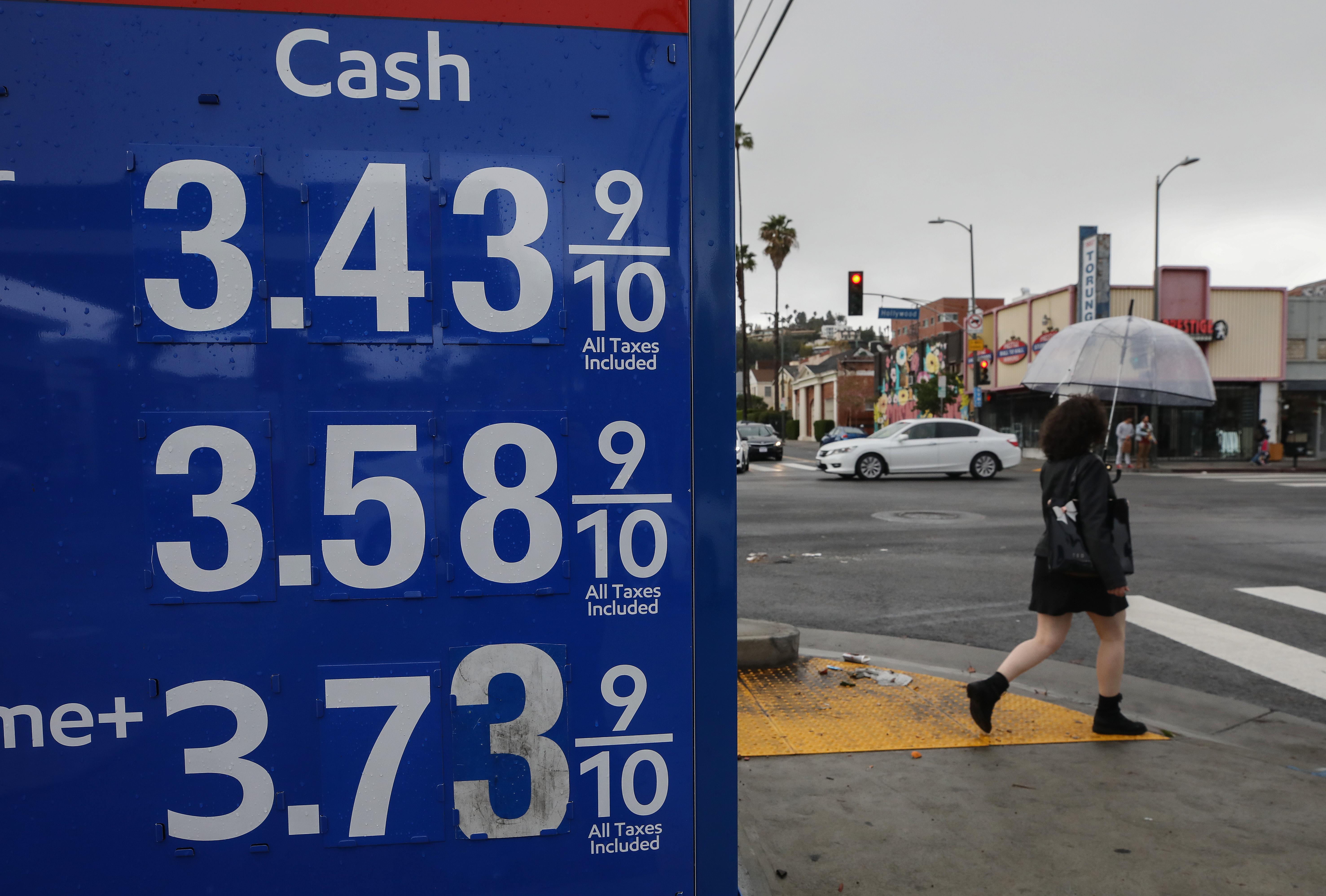High Gas Prices Are a Symptom of a Recovering Economy
The consumer price index is swelling and gas prices have the majority sway. Why are gas prices so high right now and what does it mean?
April 13 2021, Published 11:35 a.m. ET
In April, the consumer price index (CPI) rose 0.6 percent from the previous month, according to the Department of Labor. Half of that traces back to gasoline prices, which are up in value across the U.S.
The spike in gas prices relates to economic activity amid the vaccine-stage COVID-19 pandemic. There are many factors at play pushing fuel prices above the fold.
What the CPI tells us about gas prices
Every month, the Department of Labor releases updated statistics about consumer prices, which helps Americans understand the state of the economy. In April, the 0.6 percent increase in the CPI is noteworthy. The U.S. hasn't seen such a large monthly boost since August 2012. In the last 12 months, the index has risen 2.6 percent.
The Department of Labor states that the gas index rose 9.1 percent in March and that fuel costs account for "nearly half of the seasonally adjusted increase in the all items index."
In 2012, the nationwide average gas price hit $3.60 per gallon, a number that still retains the record for highest annual price in the U.S. Because of the COVID-19 pandemic, the average price dropped dramatically in 2020 at just $2.24 per gallon. By March 2021, the nationwide average reached $2.72 per gallon.
Factors involved in gas price increases
The economy is always complex, but the current state of the COVID-19 pandemic makes analyzing existing statistics that much more layered.
There's the fact that overall travel quelled drastically in 2020. In April 2020, road traffic saw a 39.8 percent decrease compared to April 2019. This was mainly due to lockdowns and remote working and education. Now that the demand is increasing, with road traffic down just 11.3 percent YoY in January 2021, gas prices are responding accordingly.
Increasing retail gas prices also relates to the taxes imposed on fuel companies. The federal excise tax of 18.4 cents per gallon hasn't changed in 25 years, although state taxes add to this. Utah and Wyoming both increased their excise tax rates on gasoline and diesel at the beginning of the year. It's a small but notable shift for a percentage of the country. Excise taxes are usually used for infrastructure projects.
Then there's inflation. Fed Chair Jerome Powell has been at the center of inflation talk. In 2019, he told CNBC that a spike in gas prices "probably can be absorbed," but now that spike is taking up half the CPI month-over-month increase. The rate of inflation increased in March, which is both a sign of enhanced economic recovery and potential unaffordability of gas prices for the average market.
Seasons and gas prices
April's CPI data isn't seasonally adjusted. This is important because seasonal refinery maintenance (which happens in March or April, usually) and a switch to summer-season fuel blends usually increases the price of gas. A seasonal adjustment will likely quell the metrics to a small degree.


